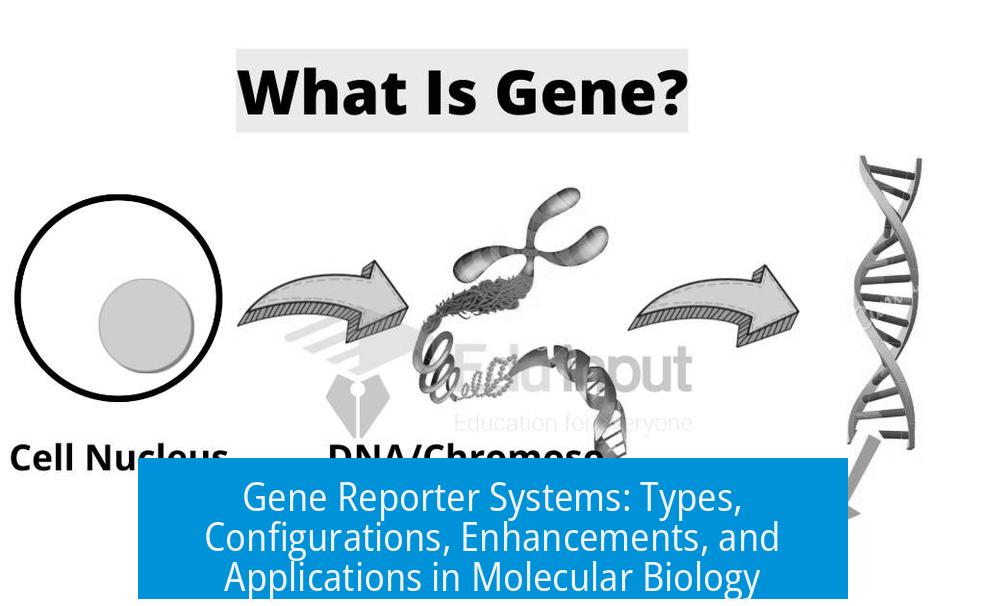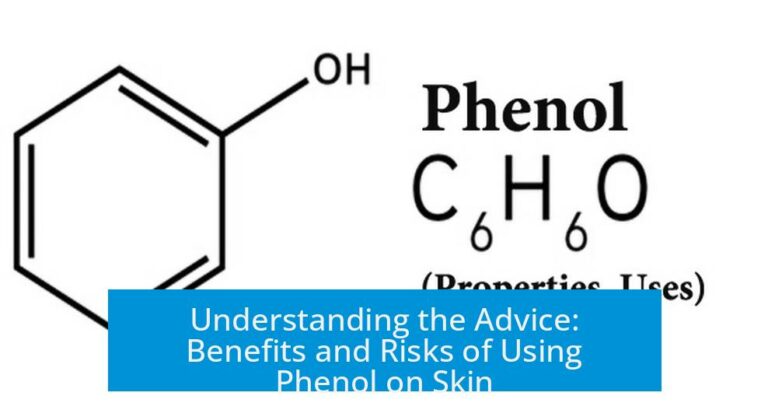Understanding Gene Reporter Systems and Their Applications in Molecular Biology

A gene reporter is a genetic construct used to monitor gene expression, protein localization, or cellular conditions by producing an easily detectable signal, such as fluorescence or enzymatic activity. It helps track biological processes inside cells and provides insights into gene regulation, protein dynamics, and molecular interactions.
1. Types and Uses of Reporter Genes
Reporter genes come in different forms and serve various purposes depending on the biological question or experimental aim.
- Standalone Reporter Genes: These act as traceable flags when inserted into a cell. They can be expressed as independent genes to mark where or if they are active within the cellular environment.
- Fusion Protein Reporters: Reporter genes can be fused with a native protein to track the protein’s localization and dynamics within the cell. This fusion allows real-time visualization of the protein of interest.
- Inducible Reporters: These reporter systems activate only under specific cellular conditions or in the presence of particular molecules. They function as sensors to indicate if a certain signaling pathway or cellular state has been triggered.
Choosing the right reporter system depends on what researchers want to investigate. Whether it is determining gene expression levels, protein localization, or environmental triggers within a cell, the selection of the reporter gene must align with the question at hand.
2. Configurations of Reporter Constructs
The design of reporter gene constructs influences the type of information obtained in an experiment.
| Construct Type | Information Gained | Notes |
|---|---|---|
| Promoter-GFP | Expression pattern of the gene | Only reports if the promoter is active; localization of protein not determined |
| Promoter-Gene-GFP Fusion | Localization and expression | Reports spatial distribution of the protein; fusion may affect protein function |
When GFP is fused to the gene of interest (GOI), caution is necessary because the fusion may alter how the protein folds, functions, or localizes. Researchers must validate that the fusion protein retains native properties.
Another aspect to weigh is whether to create this reporter system by knocking out the endogenous GOI or by adding the reporter construct at another genomic location. Maintaining the original gene alongside the reporter can prevent deleterious effects but may complicate interpretation.
3. Enhancements for Better Reporter Gene Utility

Reporter genes such as GFP can be improved for timelier and more accurate representations of gene activity.
- Degron Tagging: Attaching degron sequences to GFP can expedite its degradation. This rapid turnover allows the fluorescence to better mirror real-time promoter activity rather than accumulating over time, which may obscure dynamic expression changes.
This approach is valuable when studying fluctuating gene expression or transient promoter activation, as it avoids lagging signals from stable reporter proteins lingering after gene inactivation.
4. Advantages and Limitations of Using GFP Alone
Using GFP (Green Fluorescent Protein) alone as a reporter offers some practical benefits.
- Minimal Impact on Protein Function: GFP alone does not interfere with the activity of the GOI, avoiding confounding alterations in protein behavior caused by fusion constructs.
- Reporting on Expression: When GFP expression is driven by a natural promoter, it signals gene activation by fluorescing when the gene is turned on.
However, GFP alone does not provide spatial details about protein location within a cell. It simply indicates that the gene is being transcribed or that the promoter driving GFP is active.
5. Using Reporter Genes to Understand Promoter Expression and Protein Localization
Reporter genes commonly serve two main functions in cell biology:
- Reveal Protein Localization: Fusion of a reporter gene with a protein helps delineate the exact compartment or cellular region the protein occupies.
- Show Promoter Activity Patterns: A construct combining a promoter and a reporter gene reveals when and where a gene is expressed across different tissues or developmental stages.
Expression levels reported by reporter genes require careful interpretation. Expression quantification is unreliable unless the reporter is driven by the endogenous promoter. Even then, experimental artifacts or incomplete regulatory elements within constructs may mislead conclusions.
Constructs with synthetic promoters and GFP often do not replicate natural gene regulation fully. Variations in enhancers, mRNA processing, or chromatin context can prevent the reporter’s signal from mirroring true endogenous protein amounts.
Many recombinant reporter cells carry multiple copies of the promoter sequence driving the reporter gene. This arrangement emphasizes mapping where the promoter is active over measuring exact expression levels. Biological insights tend to focus on spatial distribution rather than quantitative expression data.
Summary of Key Points
- Gene reporters track gene activity or protein localization in living cells.
- Standalone and fusion reporters suit different experimental needs.
- Inducible reporters detect specific cellular signals or molecular presence.
- Promoter-only reporters show expression, fusion reporters detail localization.
- GFP fusion can alter protein function; use controls.
- Degron tagging enhances temporal fidelity of reporter signals.
- Expression levels from reporters are approximate and context-dependent.
- Use endogenous promoters to improve reliability of expression data.
- Multiple promoter copies in constructs prioritize localization over expression quantitation.





Leave a Comment